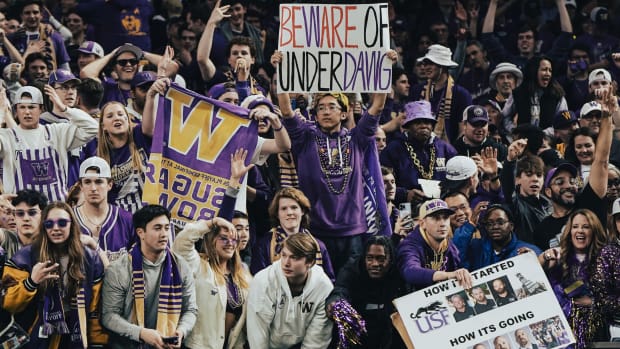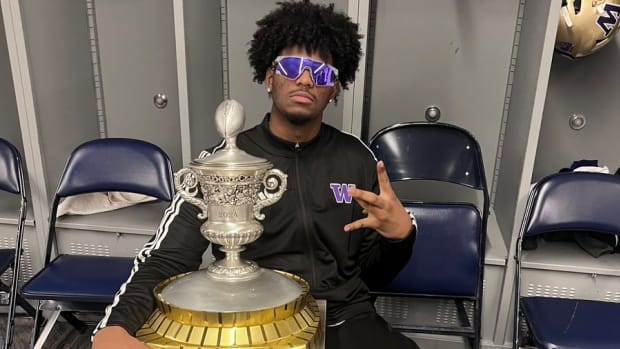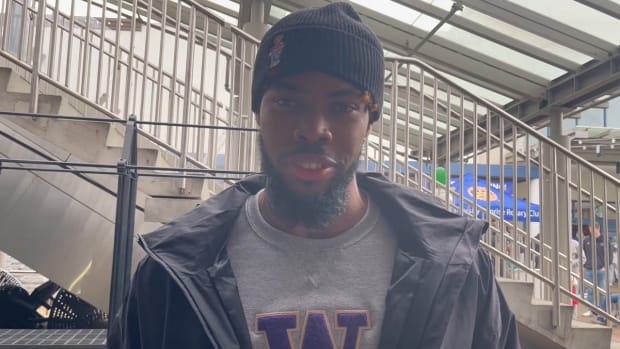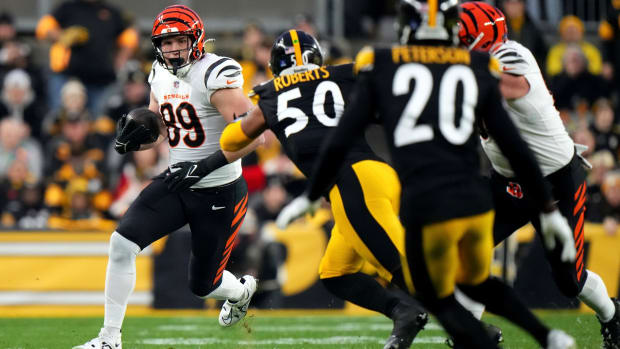Pac-12 North Winners and Losers of Playing in Empty Stadiums
Florida Gators coach Dan Mullen wanted to pack his stadium, nicknamed The Swamp, for a big match-up against LSU because he believed Texas A&M recently beat the Gators because of a sold-out crowd.
Ironically, Florida had to postpone its game against LSU because of positive COVID-19 tests for his team and himself.
That leads me to look at teams in the Pac-12 North and consider who would benefit or not from playing in an empty stadium on the road or at home. Each team was given a pro and con for playing in empty stadiums.
Attendance numbers for all teams were provided by College Football News.
California Golden Bears
California's Memorial Stadium has the potential to seat 63,000 people. However, the Bears have been last in the Pac-12 in terms of average percentage of people who show up in the stadium, 69.5 percent. They're ninth in terms of actual number of people who attend each game, 43,457.
Pro: Playing in the desert against Arizona State without any heckling fans will be a huge win in itself.
Con: Not having your fans to cheer expected stellar defensive plays from the Bears could be negatives against Oregon and the UW.
Oregon Ducks
Autzen Stadium is supposed to hold 54,000 people but that doesn’t stop the Ducks from exceeding it, averaging 102.79 percent capacity, highest in the Pac-12. The 55,509 average head count on game day is good enough for fourth overall in the league.
Pro: The Ducks tend to struggle in Pullman, Washington, so playing in Martin Stadium without a crowd could benefit them.
Con: A silent stadium rather than an overflow crowd is a serious drawback for Oregon, especially against Washington, in what could be a Pac-12 North-deciding game.
Oregon State Beavers
The 77-year-old Reser Stadium can seat 43,363 people and typically averages 35,218, 11th overall in the Pac-12. Filling 81.6 percent of the seats is a slight improvement, good for ninth in the conference.
Pro: The Beavers probably feel lucky they don't have to travel to Seattle and face the largest crowd in the conference, and to Utah and Salt Lake City, where the Utes' 101.18 percent is second in the league for stadium turnout.
Con: Opening the season at home in a very winnable game against the WSU Cougars and not having any fans is not what a still developing Beaver team needs.
Stanford Cardinal
Stanford Stadium can hold 50,424, but its average attendance of 43,263 ranks 10th in the conference. Its 86.56 percent turnout was better, sixth in the conference. These numbers are 5-year averages and, unfortunately, they have been dwindling every year.
Pro: Stanford would have one of the toughest road schedules if fans were still a factor. But they're not. So games against Oregon, Washington and Cal won't be as difficult.
Con: If this was the year for the Cardinal to return to the top of the division and get fans motivated to attend games again, it's not going to happen.
Washington Huskies
Husky Stadium holds the top spot in terms of average attendance with 66,527 compared to its 70,138 capacity. The UW comes in at third at 94.85 percent in terms of actual crowd count and seats available.
Pro: The Huskies won't play in a sold-out Autzen Stadium.
Con: The stadium with the most fans won't have the noise advantage that comes with them.
Washington State Cougars
Martin Stadium is the smallest stadium in the Pac-12, holding 32,952. While last in actual turnout, the Cougars averaged 30,339 crowds that’s good for fourth overall with 92.67 percent capacity filled.
Pro: The Cougars travel to the Coliseum and play the USC Trojans, which generally presents a huge distraction. Not this time.
Con: Not having a crowd for Oregon and Washington in the Apple Cup is the last thing the Cougars needed if they wanted to be competitive on those game days.




